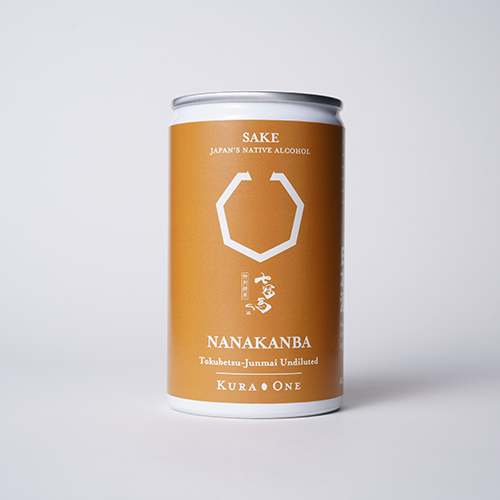アルミ缶メリット
Title
箱
Title
Domestic (Japan)
Title
国内配送料無料
専用ボックス
Overseas
Title
100カ国以上お届け
専用ボックス
特典
国内配送料無料

特典
1,000円クーポン

特典
500円クーポン

特典
ポイント&リワード

日本酒
全国の実力酒蔵

日本酒
飲みきりサイズ

日本酒
個性が際立つセット

日本酒
日本酒ペアリング

日本酒
新しい飲むシーン

ラベル
日英ラベル

ラベル
味わいワード

ラベル
味わいチャート

ラベル
創業年 / 地図

コンテンツ
ブランド動画

イベント
日本酒イベント

販売
様々な販売チャネル

販売
酒蔵での販売

梱包
80サイズ

梱包
専用外装箱

delivery
海外100カ国以上

軽い

Unbreakable

紫外線を遮断

サステナブル




